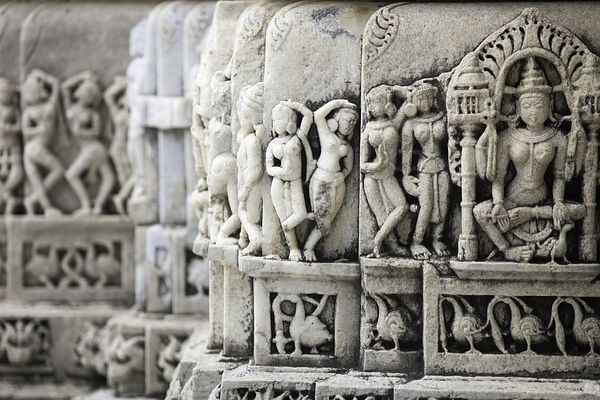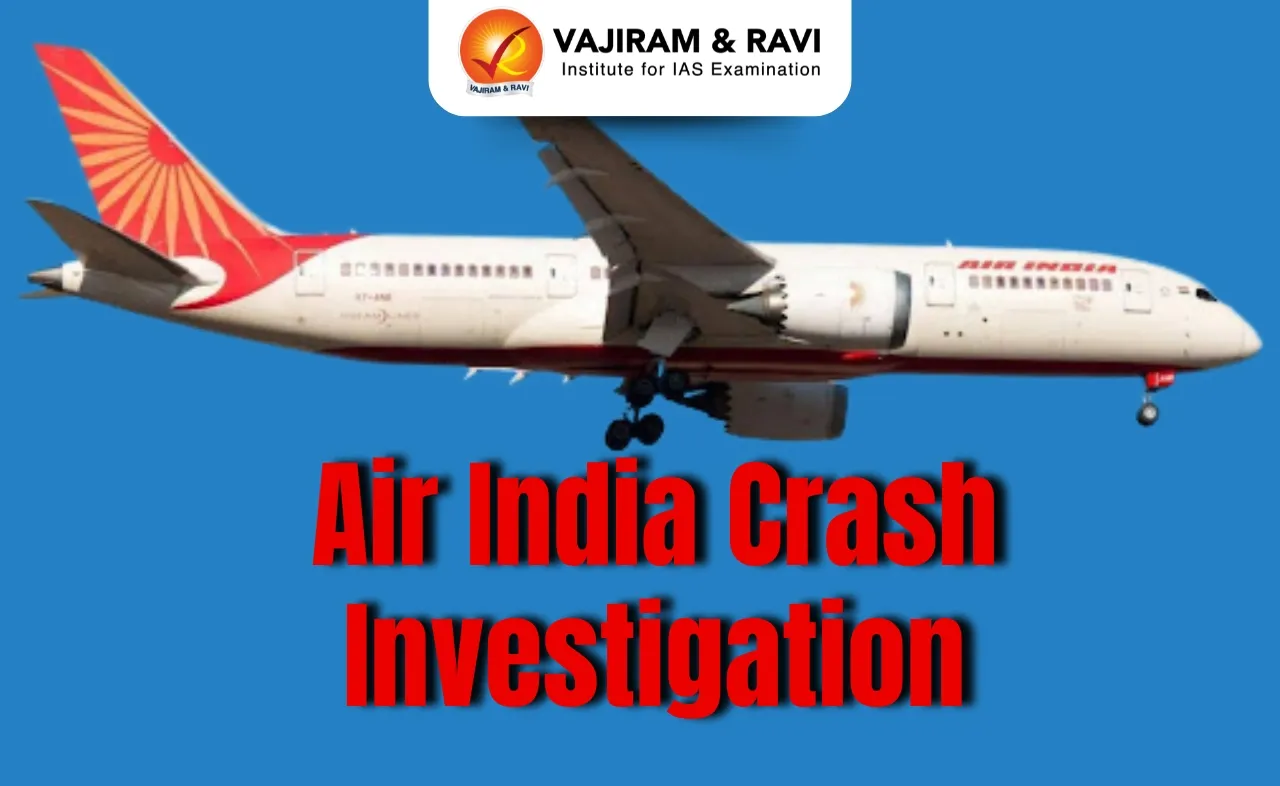What’s in today’s article?
- What is an Antiquity?
- International Conventions w.r.t. Antiquities
- Indian Laws w.r.t. Antiquities
- What is ‘Provenance’ and How is the Ownership of an Antiquity Checked?
- How to Check for Fake Antiquities?
- Can India bring back Antiquities?
What is an Antiquity?
- The Antiquities and Art Treasures Act (1972), defines “antiquity” as –
- any coin, sculpture, painting, epigraph or other work of art or craftsmanship;
- any article, object or thing detached from a building or cave;
- any article, object or thing illustrative of science, art, crafts, literature, religion, customs, morals or politics in bygone ages;
- any article, object or thing of historical interest.
- The minimum time for any of the above mentioned items to be considered as antique is 100 years.
- For “manuscript, record or other document which is of scientific, historical, literary or aesthetic value”, this duration is “not less than 75 years.”
International Conventions w.r.t. Antiquities
- The UNESCO 1970 Convention on the Means of Prohibiting and Preventing the Illicit Import, Export and Transfer of Ownership of Cultural Property is an international treaty.
- The convention urges States Parties to take measures to prohibit and prevent the illicit trafficking of cultural property.
- It provides a common framework for the States Parties on the measures to be taken to prohibit and prevent the import, export and transfer of cultural property.
- To date, the Convention has been ratified by 143 states (including India).
- In 2000, the General Assembly of the UN and the UN Security Council in 2015 and 2016 also raised concerns on the issue.
- An INTERPOL report in 2019 said that almost 50 years after the UNESCO convention, “the illicit international traffic of cultural items and related offences is sadly increasingly prolific.”
Indian Laws w.r.t. Antiquities
- In India, Item-67 of the Union List, Item-12 of the State List, and Item-40 of the Concurrent List of the Constitution deal with the country’s heritage.
- Before Independence, an Antiquities (Export Control) Act had been passed in 1947 to ensure that “no antiquity could be exported without license.”
- Post-independence, the Ancient Monuments and Archaeological Sites and Remains Act, 1958 was enacted.
- Further, the Antiquities and Art Treasures Act, 1972 (AATA) was implemented in 1976.
- Under the AATA, no person carry on the business of selling or offering to sell any antiquity except in accordance with the terms and conditions of a licence.
- This licence is granted by the Archaeological Survey of India (ASI).
What is ‘Provenance’ and How is the Ownership of an Antiquity Checked?
- Provenance includes the list of all owners from the time the object left its maker’s possession to the time it was acquired by the current owner.
- The first thing in order to prove the ownership is the complaint (FIR) filed with the police.
- Under the UNESCO 1970 Convention, a requesting party has to furnish the documentation and other evidence necessary to establish its claim for recovery and return.
How to Check for Fake Antiquities?
- Under section 14(3) of the AATA, “Every person who owns, controls or is in possession of any antiquity” shall register such antiquity before the registering officer “and obtain a certificate in token of such registration.”
- So far, the National Mission on Monuments and Antiquities, launched in March 2007, has registered 3.52 lakh antiquities among the 16.70 lakh it has documented, to help in “effective check” of illegal activities.
- This is a very small portion of the total number of antiquities in the country (estimated to be around 58 lakh).
Can India bring back Antiquities?
- There are three categories –
- Antiquities taken out of India pre-independence;
- Those which were taken out since independence until March 1976, i.e. before the implementation of AATA; and
- Antiquities taken out of the country since April 1976.
- For items in the first two categories, requests have to be raised bilaterally or on international fora.
- Antiquities in the second and third categories can be retrieved easily by raising an issue bilaterally with proof of ownership and with the help of the UNESCO convention.
Q1) When was Archaeological Survey of India (ASI) established?
The Archaeological Survey of India (ASI), under the Ministry of Culture, was established in the year 1861 by Alexandar Cunningham.
Q2) What is the role of UNESCO?
UNESCO’s mission is to contribute to the building of a culture of peace, the eradication of poverty, sustainable development and intercultural dialogue through education, the sciences, culture, communication and information.
Source: Antiquities abroad: What Indian, International Laws say | UNESCO
Last updated on June, 2025
→ UPSC Notification 2025 was released on 22nd January 2025.
→ UPSC Prelims Result 2025 is out now for the CSE held on 25 May 2025.
→ UPSC Prelims Question Paper 2025 and Unofficial Prelims Answer Key 2025 are available now.
→ UPSC Calendar 2026 is released on 15th May, 2025.
→ The UPSC Vacancy 2025 were released 1129, out of which 979 were for UPSC CSE and remaining 150 are for UPSC IFoS.
→ UPSC Mains 2025 will be conducted on 22nd August 2025.
→ UPSC Prelims 2026 will be conducted on 24th May, 2026 & UPSC Mains 2026 will be conducted on 21st August 2026.
→ The UPSC Selection Process is of 3 stages-Prelims, Mains and Interview.
→ UPSC Result 2024 is released with latest UPSC Marksheet 2024. Check Now!
→ UPSC Toppers List 2024 is released now. Shakti Dubey is UPSC AIR 1 2024 Topper.
→ Also check Best IAS Coaching in Delhi
























